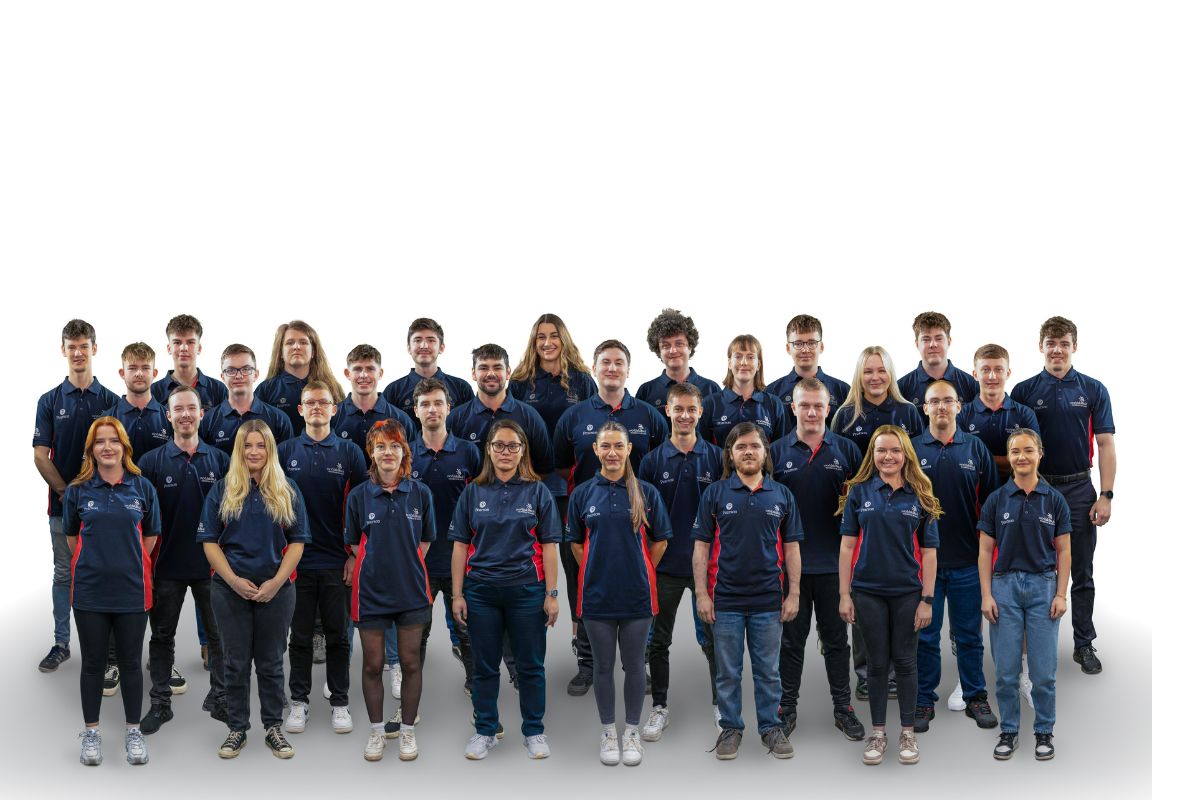A fall in apprenticeships could be due to the government’s apprenticeship levy and the fact that employers treat it as a tax

A decrease in the number of apprenticeships by more than 150,000 could be due to the apprenticeship levy introduced by the government, say leading accounting, tax and advisory firm Blick Rothenberg.
 “The Government levy was introduced to stimulate the number of apprenticeships that were taken up but it appears to have had the reverse effect,” said Andrew Sanford, a partner at the firm.
“The Government levy was introduced to stimulate the number of apprenticeships that were taken up but it appears to have had the reverse effect,” said Andrew Sanford, a partner at the firm.
He added: “It is disappointing that the majority of employers regard the apprenticeship levy as a tax rather than a means of providing accessibility for training the young. Urgent reform of the levy system is required in order for the government to reach its stated aims.”
Andrew said: “A-level results are announced today but a backdrop to these results is the fact that between August 2017 and April 2018 there were 290,500 apprenticeship starts in England which was 156,400 fewer than in the same period in 2016/17.
“The fall in the number of apprenticeships is at odds with the stated government aim of funding 3,000,000 placements by 2020.”
He added: “For those students getting their A-level results, these statistics will appear alarming. One possible reason for the decrease is the introduction of the apprenticeship levy which was meant to stimulate the number of apprenticeships but initial results appear unfavourable.
“The apprenticeship levy is charged on all payrolls greater than £3 million at a rate of 0.5% on gross salaries.”
Andrew said: “It is intended that the levy charged is then available for the employer to drawdown for available apprenticeship training. However, the level of take‑up, as evidenced by the statistics above, has not reached the levels anticipated by the government.
“For a number of employers there is not an available programme which fits the requirements of the employer to train their staff. It is not plausible for smaller employers to develop a bespoke programme that can gain apprenticeship funding.”
He added: “The apprenticeship levy requires approximately 20% of time at work to be spent on ‘off‑the‑job’ training. However, in many trades and professions, on‑the‑job learning is the best form of training and this prevents a number of training schemes being eligible to the apprenticeship levy funding.
“There is a large degree of administrative complexity in obtaining levy funding and, accordingly, many employers are simply paying the levy.”











Responses